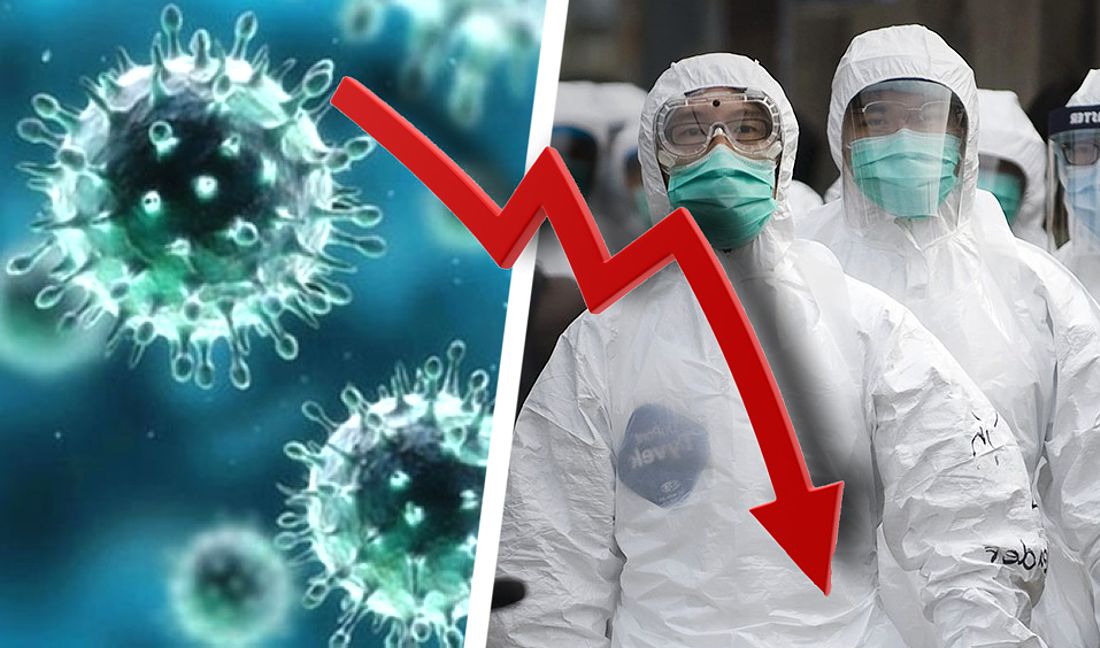Some lessons from the new coronavirus pandemic

Analysis of mortality statistics from COVID-19 in the 15 most affected countries of the world showed that the average global mortality rate for coronavirus infection on April 13, 2020 was 6.2% of 1,846,963 officially registered patients. This death rate is tens or hundreds of times higher than the death rate from various types of known flu virus strains, which makes it completely incorrect to compare these infections. A new coronavirus pandemic has reached a particularly large scale in the far, far from the center of infection in China, the ocean expanses of the United States, where out of 550 thousand people are infected. 22,300 patients died, and the peak of the epidemic is still ahead.
But if in the United States the death rate was lower than the global average and was equal to 4%, in some European countries, the death rate exceeded 10%: 12.7% in Italy, 12.14% in Belgium, more than 10% in Spain, Holland, France. A much lower death rate was observed on April 13 in Germany, where out of 127,854 cases, 3,022 people died (2.36%), and in Austria out of 13,945 cases, 350 people died (2.5%).
What explains this significant difference in mortality among patients with new coronavirus pneumonia from the listed countries? All the above-mentioned countries belong to the group of highly developed economically states. But the success of the state's medical service in fighting the pandemic is determined by many factors, and the economic factor is only one among others. A similar pandemic, as well as another large-scale test (war. natural disaster, etc.), this is an exam for any state, any nation, and every citizen. The outcome of a pandemic is determined not only by the biological characteristics of the pathogen (virulence, contagiousness, features of the incubation period, resistance to external influences, including pharmacological drugs, etc.) and the resistance of the human body, but also by the level of health organization in the state, the qualifications of medical personnel, the number and equipment of medical institutions with equipment and Pharmacopoeia, the attitude of the state to health care. And, of course, the success of the fight against an epidemic of this scale also depends on the education, responsibility, solidarity, solidarity and humanism of citizens, their trust, competence and fairness of the authorities...
Look at what countries that are currently coping better with the pandemic have in common. If you look at Finland, Iceland, Denmark, New Zealand, and other countries with low rates of death from COVID-19, the answers may be very different. You can refer to the fact that these are small countries, but, for example, Germany with its 83 million population is difficult to call small, or small island states like Iceland with 1,720 infected and 8 deaths (0.5%) per 350 thousand population, or New Zealand with 1,386 infected and 9 deaths per 4. 900 thousand population. But the UK is also an island, and the situation there is quite deplorable with 10,629 deaths out of 85,206 cases (8.3% mortality). In South Korea, which is a peninsula, but is also actually an island, because of the tightly closed border with North Korea, 214 out of 10,512 patients died (2%). The country has taken extraordinary measures to mass test the population for infection, strict quarantine and high-tech and professional treatment.
Germany is a country with an exceptionally hard-working and disciplined population, a highly developed real economy, education and science, great cultural traditions and well-equipped research and medical institutions. A significant role in the mobilization of the state against the pandemic was played by the government led by Chancellor Angela Merkel, who in early March warned her compatriots about the drama of the situation: at least 70% of the population will get sick with the coronavirus, she said, and urged them to take this threat as seriously as possible. The same disciplined, educated and accustomed to life in conditions of permanent danger, the people of Israel have a record low mortality rate of 0.9% of 11,145 patients.
Today, April 15, the number of cases of coronavirus pneumonia is approaching two million in the world, and all countries are trying to minimize losses from this pandemic. But among the many factors that determine the measure of success in this confrontation, the first place, according to the world's leading experts, is not so much the early detection of infected people, not their treatment by highly qualified medical personnel using the most modern technologies, equipment and Pharmacopoeia, but physical isolation, a large-scale effective system of quarantine measures among the population. Among those who violate the quarantine, there are many young people who believe that the elderly are seriously ill and dying.
Yes, it is true that about eighty percent of the world's deaths occur in this age group [according to national reports from many countries]. Most often, this is explained by chronic diseases and a weakened respiratory system, and this is true. However, young people also get sick, although not so hard and much less often with a fatal outcome. But currently, at the Sklifosovsky Institute and the Kommunarke infectious diseases hospital in Moscow, about 40% of those seriously ill with community-acquired pneumonia are under 45 years of age. Young people are less likely to die, but young people also suffer from lungs, since after discharge, for a long time due to fibrosis of the pulmonary parenchyma, the functional capabilities of the respiratory system and the body as a whole are significantly reduced. Do not forget that infected young people are a source of infection for relatives and friends, as well as for everyone around them.
Professor S. T. Nurtazin
Associate Professor I. M. Zharkova
Chair of biodiversity and bioresources
www.kaznu.kz


